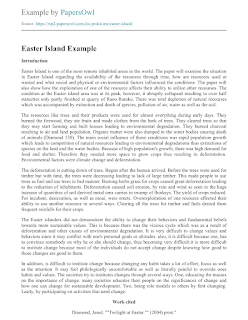What is a Strategic Plan in Business
A strategic plan serves as a blueprint for achieving success in business. It outlines the goals, direction, and actions required to take a company from its current state to a desired future position. In essence, a strategic plan guides decision-making processes and ensures that efforts are focused on activities that align with the overall vision of the organization.
The Importance of a Strategic Plan
A strategic plan provides a clear roadmap for the future of a business. It helps business owners and stakeholders understand where the company is headed and what steps need to be taken to reach the desired outcomes. By defining goals and setting measurable objectives, a strategic plan allows businesses to track progress, measure success, and make necessary adjustments along the way.
Furthermore, a well-crafted strategic plan promotes alignment within the organization. It ensures that everyone is working towards a common vision and goals, which minimizes conflicts and ensures efficient resource allocation. It also helps in prioritizing initiatives, allocating budgets, and identifying potential risks and challenges.
Components of a Strategic Plan
1. Vision Statement: This statement describes the ideal future state the business strives to achieve.
2. Mission Statement: The mission statement outlines the purpose, values, and overall direction of the company.
3. SWOT Analysis: This analysis examines the company's strengths, weaknesses, opportunities, and threats to identify areas of improvement and potential risks.
4. Goals and Objectives: The strategic plan should include specific and measurable goals that support the vision and mission of the organization. Objectives are the actionable steps taken to achieve these goals.
5. Action Plan: The action plan outlines the specific tasks, responsibilities, timelines, and resources required to execute the strategic goals.
6. Performance Measurement: This component defines the key performance indicators (KPIs) that will be used to track the progress, measure success, and evaluate the effectiveness of the strategic plan.
Benefits of a Strategic Plan
A strategic plan provides numerous benefits to a business:
- Provides a clear sense of direction for the entire organization
- Enhances decision-making by aligning actions with objectives
- Improves efficiency and resource allocation
- Minimizes conflicts by promoting organizational alignment
- Identifies risks and challenges in advance
- Increases accountability and transparency
Conclusion
In summary, a strategic plan is a crucial tool for businesses to define their goals, set objectives, and outline the steps required to achieve success. By providing a clear roadmap and promoting organizational alignment, a strategic plan ensures that everyone in the company is working towards a common vision. It improves decision-making, efficiency, and accountability, enabling businesses to navigate the competitive landscape and achieve sustainable growth.






